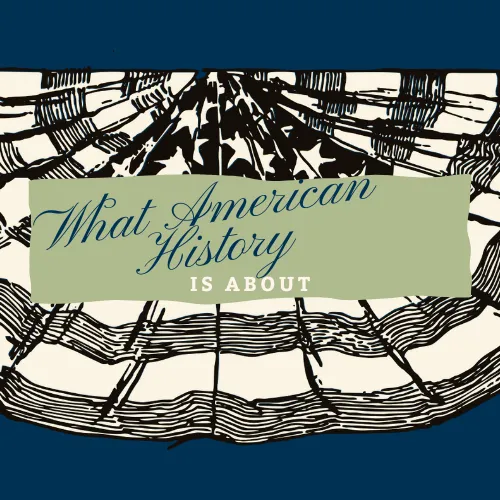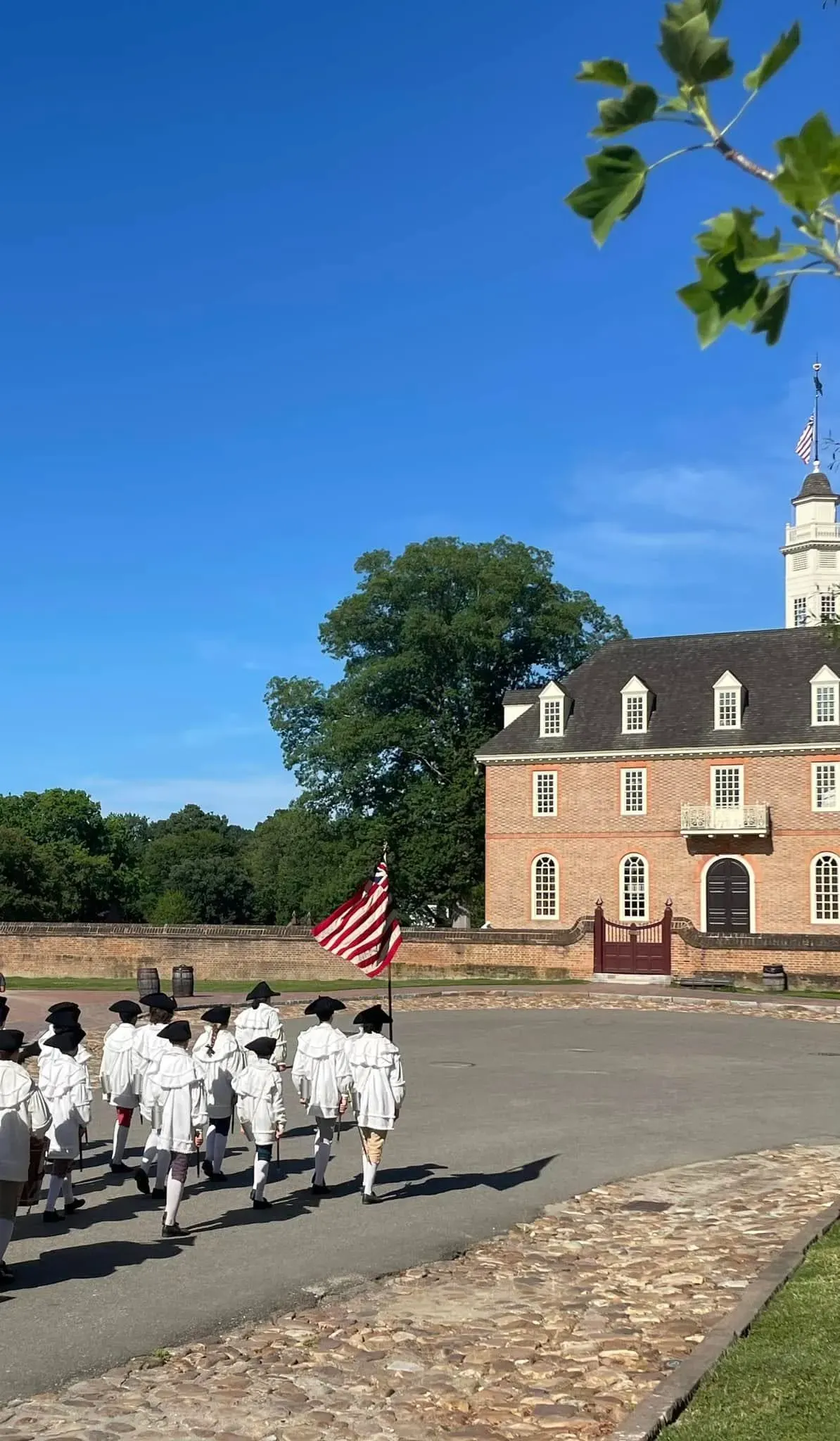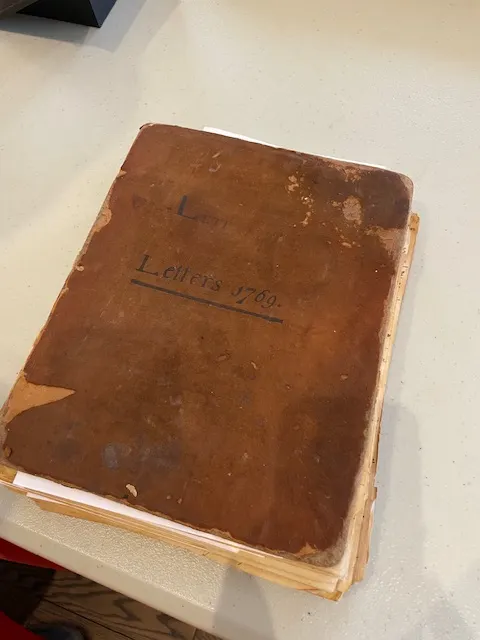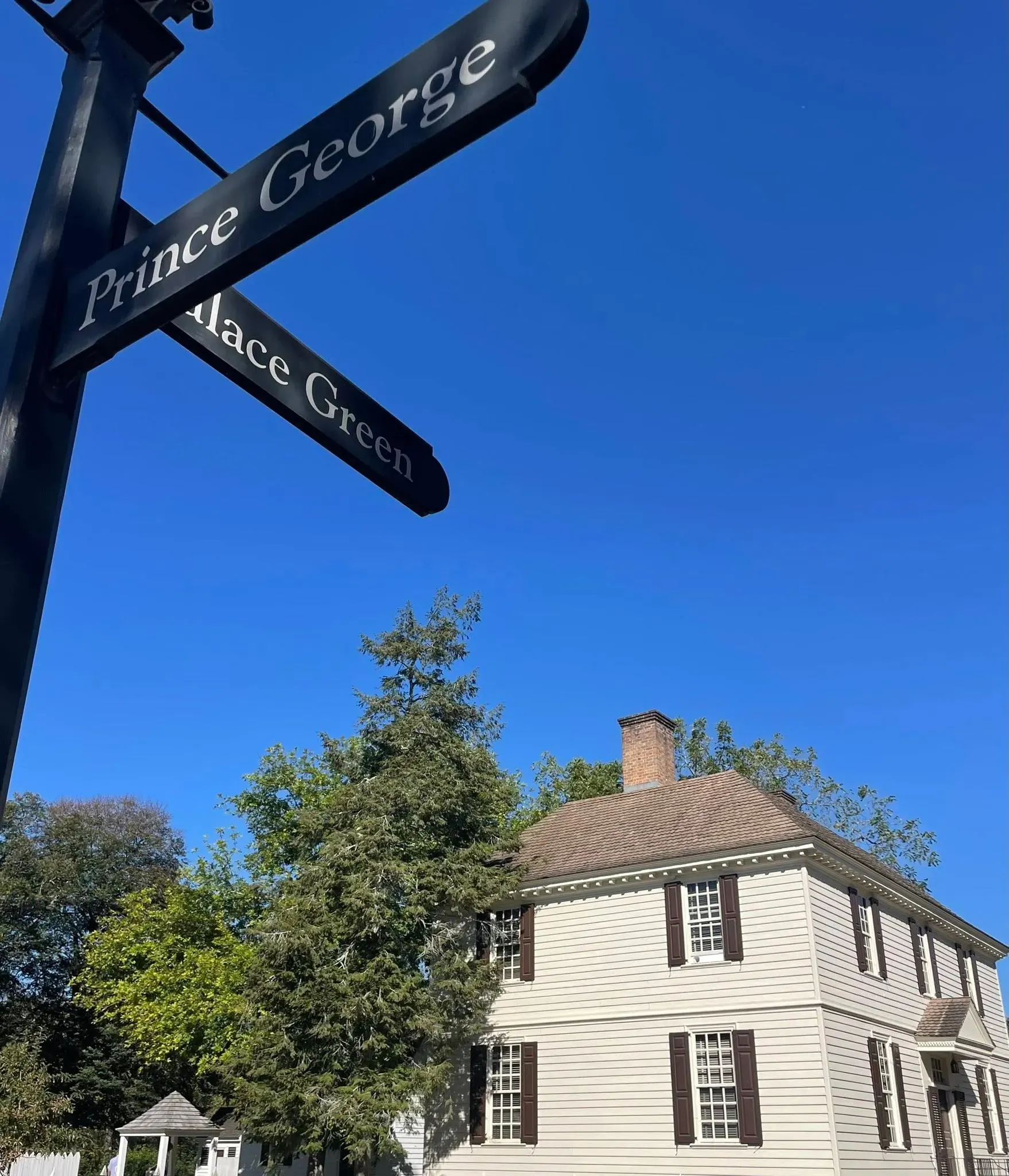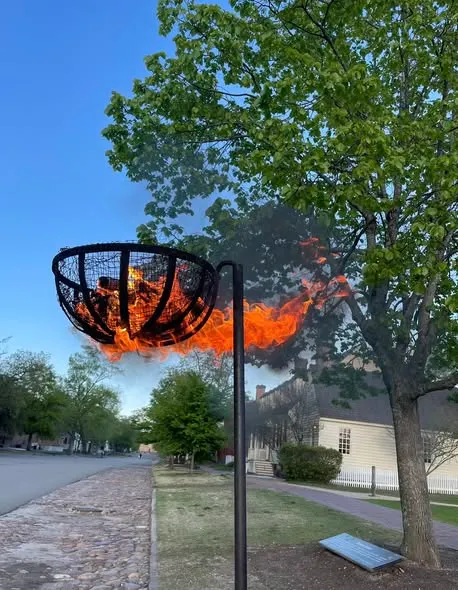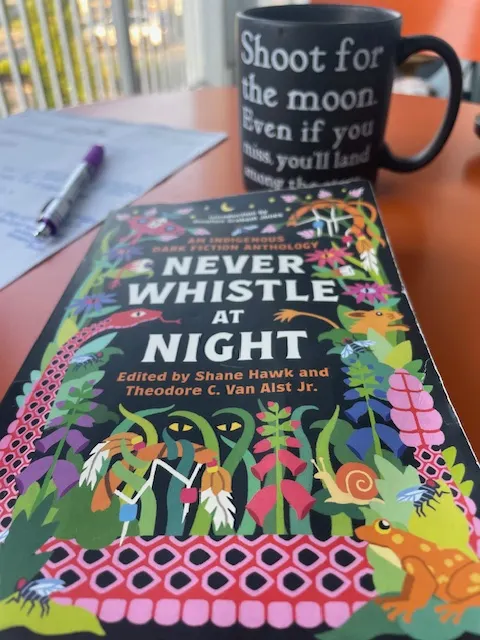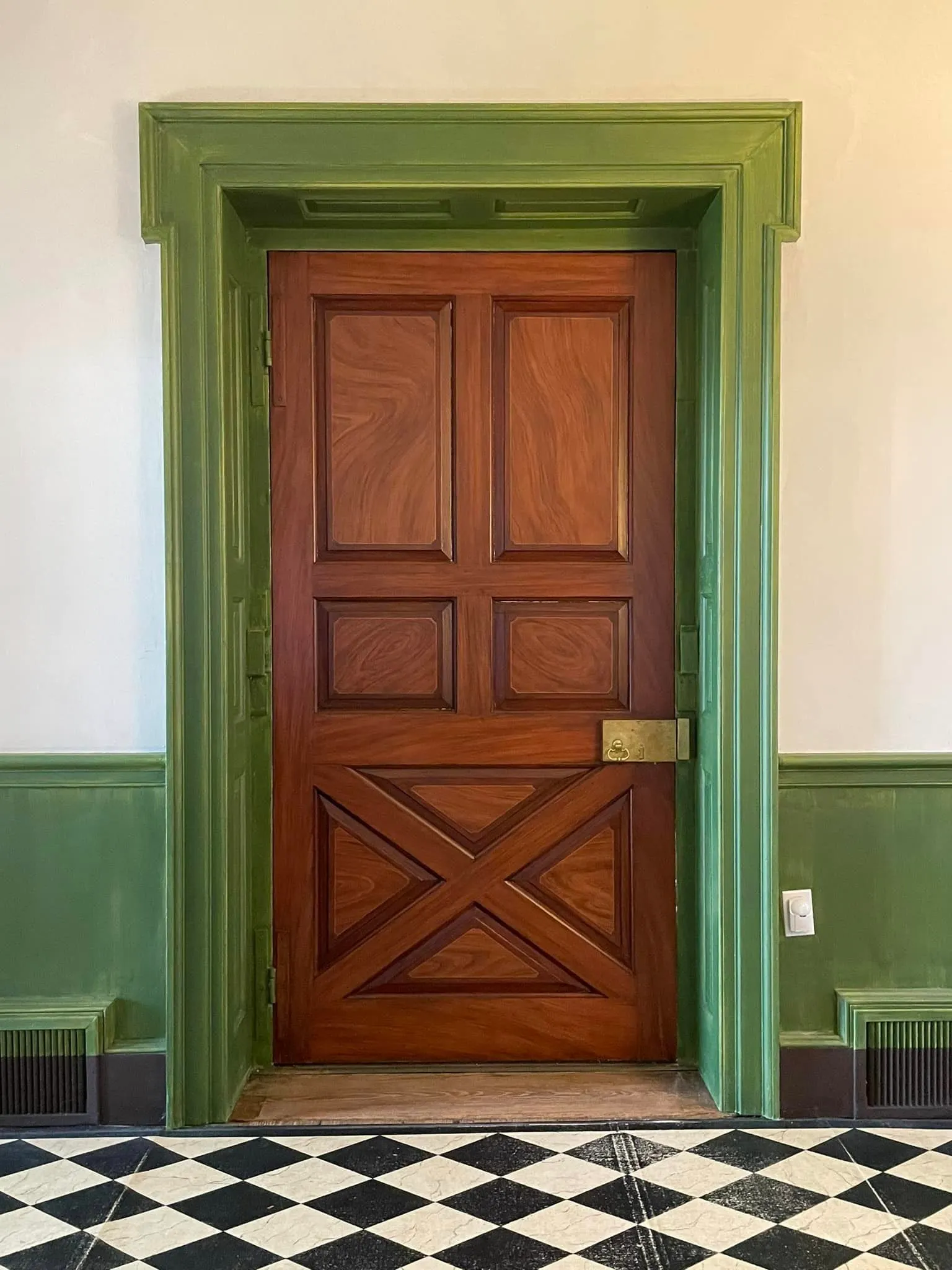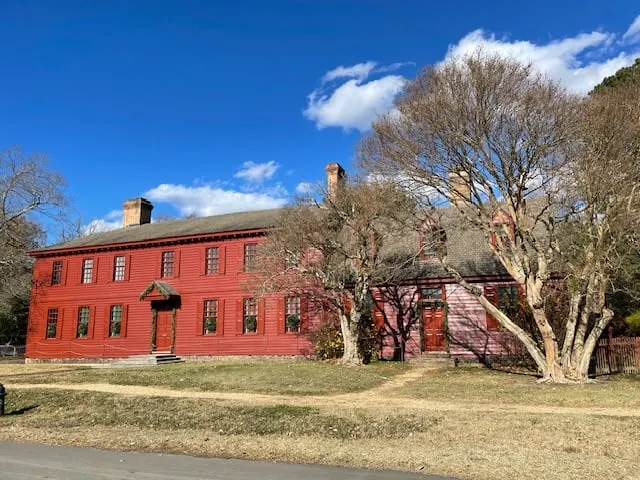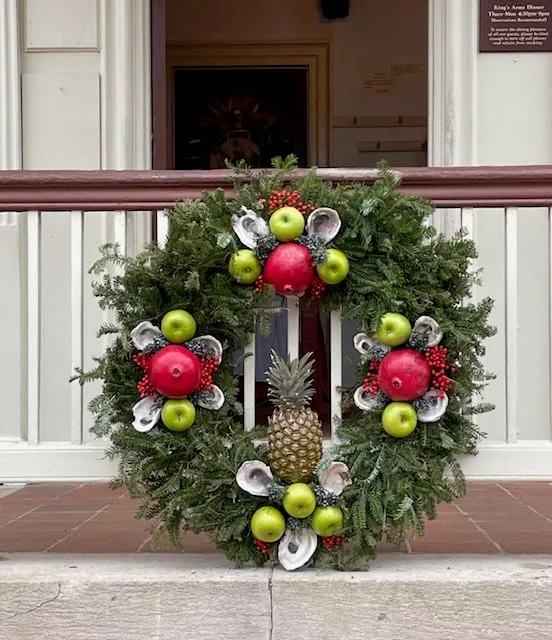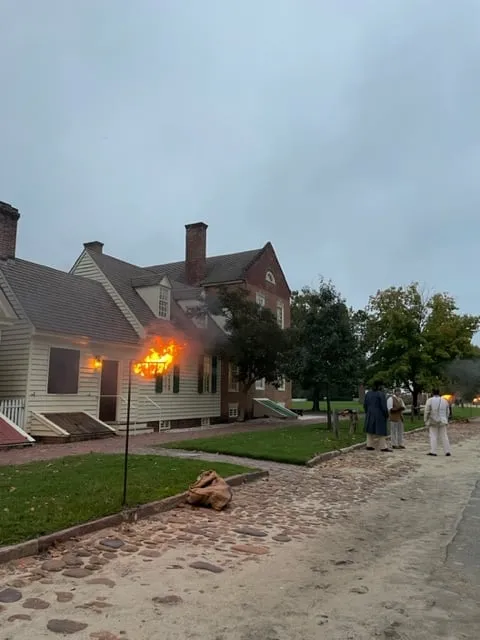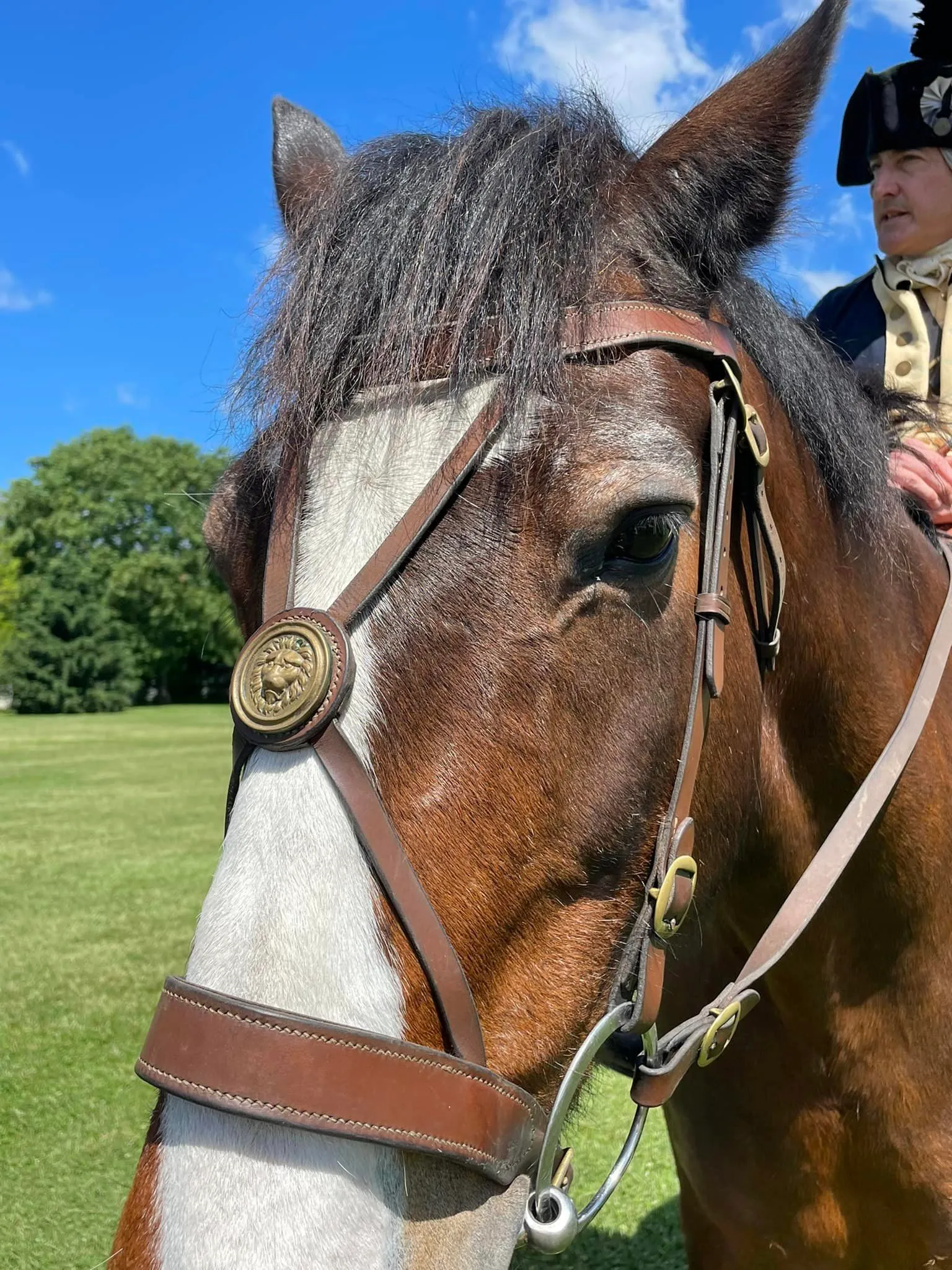Bricks and 18th Century American History: An Overview from a Blogger's Perspective
Bricks in 18th century America: I'm only touching the tip of the iceberg.
I titled this post Bricks and 18th Century American History: An Overview from a Blogger's Perspective but it could easily have been titled "The Tip of the Iceberg Post: Bricks and 18th Century America." Because let's be honest, every single section invites a deeper dive. And it might happen on this blog for some of the topics.
My signature style for the blog has been a journal-style approach, and this post is right on point with that. So as one might do when journaling, I'm adding questions for more thought and research- for myself and to invite you to 1) do the same and/or 2) share your ideas and research with me (and your fellow readers!).
Here goes! The brick post.
Necessary disclaimer: As a blogger, I use affiliate links sometimes! I may receive commission from purchases I share; it does not change your price but sometimes you might get a discount.

Entrance to brickyard, Colonial Williamsburg
People associated with bricks in 18th century America.
Local first.
It's what I've learned about, but of course there are many more people out there. If you've been following, you know how much I love learning about the people who lived American history, their stories, and their daily life.
Thomas Jefferson.
I've heard at the Colonial Williamsburg (CW) brickyard Thomas Jefferson had his own brickyard at Monticello. Not surprising since he was SOOO into architecture. Although he's more often remembered for other events in American history, his interest, education, and direct impact on 18th century architecture is important. And honestly fascinating.
You may know he had multiple iterations of Monticello, the one we see today was designed and built after he spent time in France. He also was the force behind the creation and construction of the University of Virginia.
RELATED: I mention Jefferson's interest in architecture in my Berkeley post.
Samuel Spurr.
Mr. Spurr's 1771 Gazette ad seeking bricklayers to build the Public Hospital provided my closing words for this recent post inspired by visiting the CW Apothecary. That hospital still exists, though not in the original building. It's currently known as Eastern State Hospital and a reconstruction of the original stands in CW as part of the museum.
Clearly, Spurr was the brick mason who is credited with the hospital but is also known to have received multiple contracts for government buildings here in Virginia, in the largest of the 13 colonies.
Humphrey Harwood.
Mr. Harwood was a well-known brick mason in this area. As the Revolution neared, James Anderson's armory was meant to support the effort. Harwood is credited with constructing the foundations for it.
His account book is held in the special collections at the Rockefeller Library- I may be setting an appointment to take a peek since the public is allowed to do so! Looking at account books gives us a glimpse into a tradesman's work. In this case, we know Harwood has done business with everyone from St. George Tucker to George Wythe, signer of the Declaration and one of the Jefferson Triumvirate I've written about.
Rachel Whitaker.
Mrs. Whitaker has come up a couple of times as I've been absorbing the 18th century American history interpreted here in CW and researched people and places in the Rockefeller Library.
The widow Whitaker inherited her husband's brick business upon his death. Well, after some sorting out the details in court. Although not a lot of information is out there on her, I know I'll continue to hear her name because of her legal case about her husband's will and her work in this area.
RELATED: This video from Colonial Williamsburg sharing Mrs. Whitaker's story.
David Minitree.
This man is a puzzle to me at this stage, and I want to dig deeper! First off, his name seems to be spelled differently, muddying up his story a bit. I found this out when I went back to the CW brickyard to ask about why I might be struggling to learn more about him. Sure enough, it's true.
Minitree is credited with being the brick mason for Carter's Grove, but potentially other still-standing buildings in historic Williamsburg including the Secretary's office, located near the Capitol.
Question:
Do you have people in your city, state, region associated with bricks in the 18th century you can share information about?

The Secretary's Office, Colonial Williamsburg
A few miscellaneous facts from the CW brickyard.
- Each year, bricks are made throughout the summer and fired in the fall (November) in a kiln for approximately 5 days, 24/7. If you visit during that time, you can see the kiln in action. It's seriously a stunning sight.
- While there are bricks being manufactured using the 18th century methodology, CW is the only place wood-firing the kiln in the traditional way.

Bricks being fired using wood.
- The bricklayers here in CW are expanding as needed to support accurate depictions of 18th century Virginia. For example, this year, they've been working on roof tiles in addition to bricks.
- The bricklayer took on the role of "undertaker" - which in today's world would be similar to a general contractor.
- A brick's color is dependent on it's location inside the kiln.
- Fashionable in the 18th century: Flemish bond. It's a pattern of alternating headers and stretchers (short and long bricks facing out).
- The 2023 kiln provided thousands of bricks to be used in the repair of CW's 89th original building, the Bray School. The school was recently discovered on the campus of the College of William and Mary and moved to the historic area where it will be an active interpretation site at this, the largest living history museum in the world.
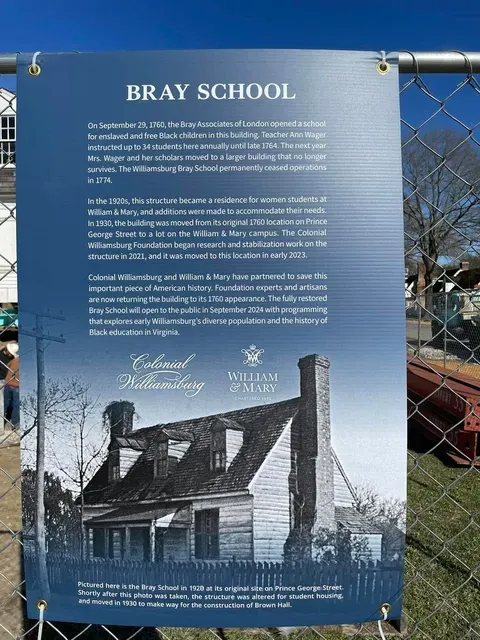
The site and rendering of the Bray School.
Places to visit if you want to see more about bricks in 18th century America.
So many!
Bricks have a long life; there are numerous buildings and even ruins you can take in. I've had some recommendations from our bricklayers. Some on my list in Virginia for visits and revisits (because I love visiting places multiple times):
- Rosewell- in fact Gloucester County has a lot to offer in view of some pretty old brick buildings.
- Westover along the James River
- St. John's Church in Hampton, established in 1610
And of course I regularly see and sometimes pop into the George Wythe House here in CW, cited as the most complete original building of the current 89 originals they have.
Question: do you have an historic brick building you'd recommend?
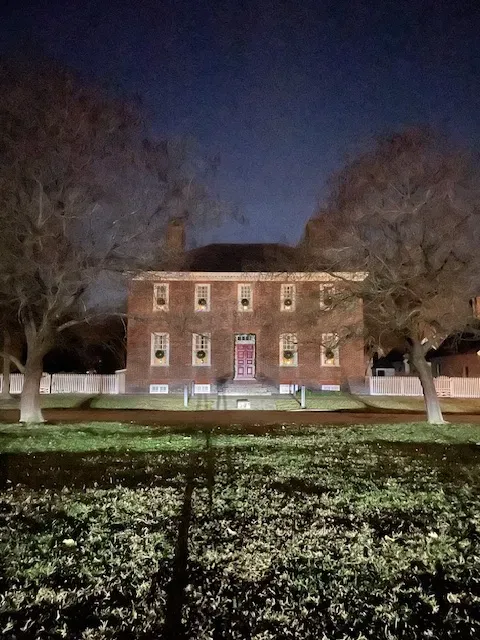
The George Wythe House, nighttime view.
Closing words from history, the brick edition.
Cornelius Roe started work at Mt. Vernon and was brought by President Washington to work on the Capitol and other government buildings. In this letter, he is asking for payment past due, as Jefferson is the current president. There may be more to this story. Click here to read the letter in full, but also the notations following! I know, it's rough with the spelling and grammar, but give it a go!
To Thomas Jefferson from Cornelius McDermott Roe, [on or before 14 July 1802]
From Cornelius McDermott Roe
[on or before 14 July 1802]
To the President,
of the United States,
the Humble, Petition of Cornelius McDermott Roe, showeth That your Petitioner, is unable to work at his trade as he is afflicted with a sore Leg, those two years. past,—and the presant times, presses hard upon him, to suport his famely,—in one case in particular, Which is Depending, between him and the former Commissioners, of the City Washington, that your Petitioner, has a Consederable Ballance Due to him, for work Done at the Presidents. House, in the year 95, and allways hoping, to Receive it or sum part there of whin justice, would take the case into Consederation,—And as the whole of the affears of the City, comes under your care, and protection, and not Doubting in the Least that no king of oppresion to a poor-man, should be Done to your knowlidg,—your Petitioner is called upon by the superentendant, of the City, to pay for sum Bricks.
Are you enjoying the blog? Use my online tip jar and buy me a coffee:
